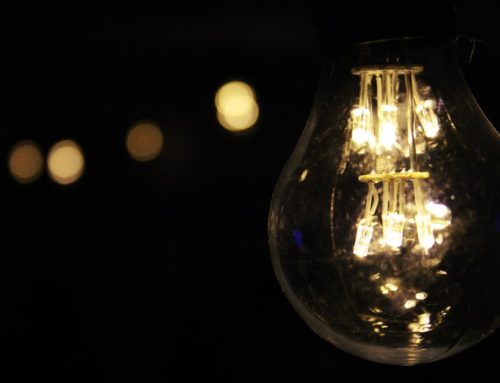Clutches and brakes are an essential part of working with heavy machinery. They help increase the productivity of industrial processes.
While using these systems, it’s important to learn about how they work. It will allow you to master controlling them and lengthen their lifespan.
However, no matter how much we know, machines can fail us at any time. Brake failure is a common problem that industrial workers deal with.
Causes can vary, so there’s no need to point any fingers. To help you out, today, you’ll learn about electric brake failure and how to prevent your machines from failing.
Environmental Conditions
Wear and tear on machinery is inevitable. But sometimes it’s the work environment that can cause brake failure in your machines.
When particles disrupt the friction between surfaces, up to 75% of your machine’s torque can be lost. The factors that contribute to the disruption are:
- Dust
- Steam
- Salty air
- Chemical fumes
Installing a brake shroud will minimize the impact of contaminants in your machines. It will also help increase its lifespan.
Using the Wrong Voltage
Sometimes you can accidentally apply the wrong voltage to a machine. The incorrect voltage value can damage the brake discs due to the lack of torque that the device needs.
Another easy mistake to make is applying AC voltage to a DC coil. Most brakes and coils run on a DC input.
Some appliances that use dc voltage can run on an ac input for a short time, but the machine will fail. Troubleshooting will be complex because it will seem like the device is the one at fault.
The Machine Wasn’t Assembled Properly
Failure prevention starts with reading the instructions. Doing this will help you avoid misassembly.
A common component that’s often overlooked is setscrews. They’re typically located on the driven hub that’s mounted to a motor shaft.
Depending on the size of the component, the hub can be keyed only or keyed with a taper lock and bound by setscrews. If you fail to read about the set screw in the instruction, appliance failure is likely to occur.
Burnishing
Burnishing is a process where metal gets rubbed with a small tool to create a smooth finish. It helps make the necessary friction for brakes to work correctly.
Inner and outer poles on brakes will extend about a few thousandths of an inch. It allows the material to achieve a secure fit after some use.
However, sometimes brakes aren’t burnished correctly. If you’re using a low-speed appliance and the brake isn’t appropriately burnished, then you’ll never get the rated torque, and the brakes won’t sit properly.
Prevent Brake Failure With These Tips
Brake failure can happen at any time while use machinery. So make sure you understand the components of your machine to prevent any errors.
If you’re looking for electric brake repair or have questions about other braking systems, don’t hesitate to contact us today.






